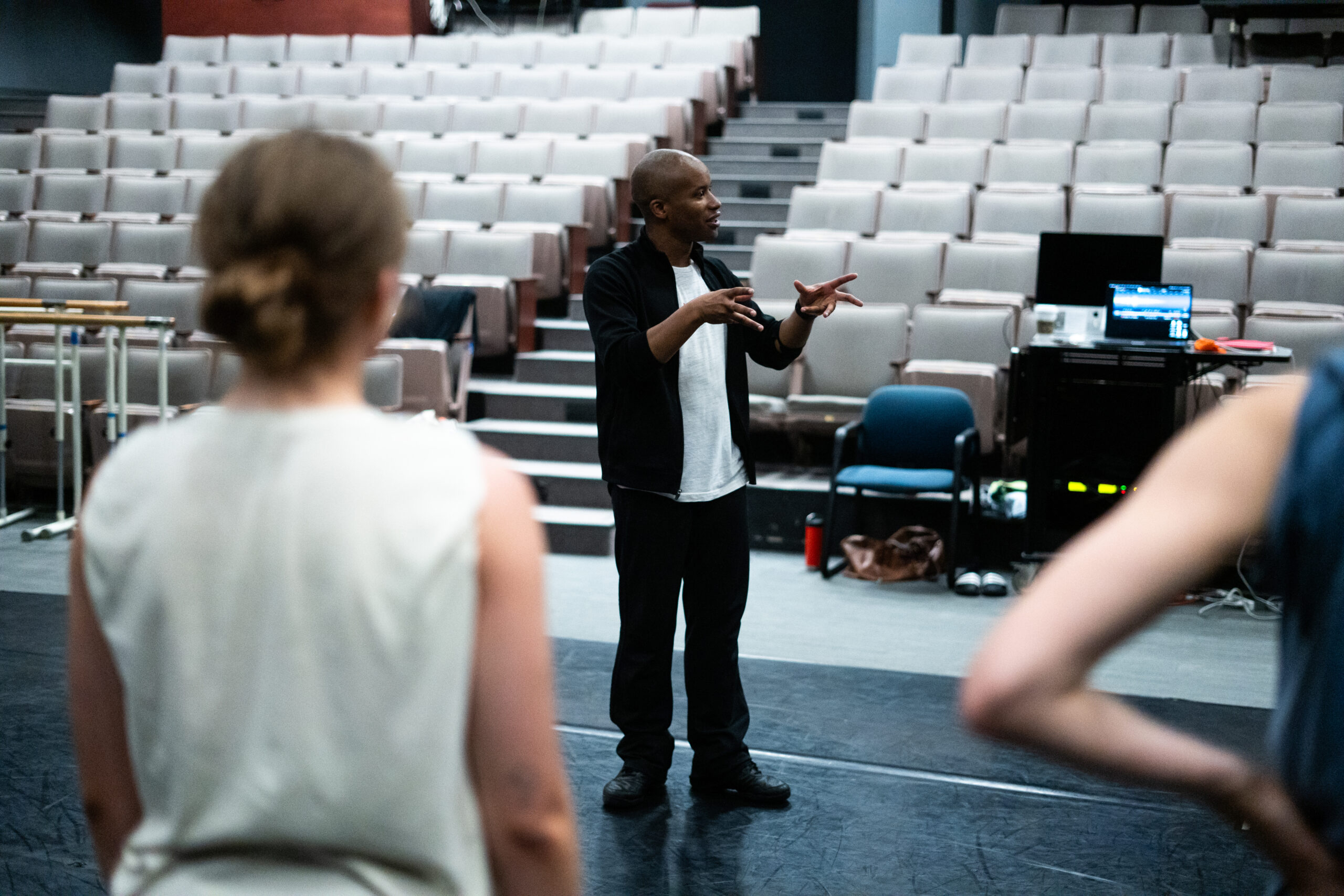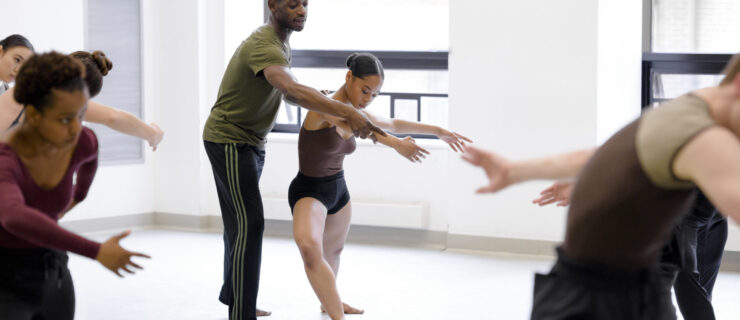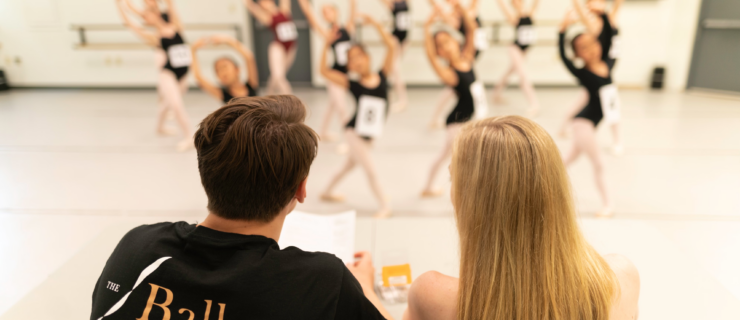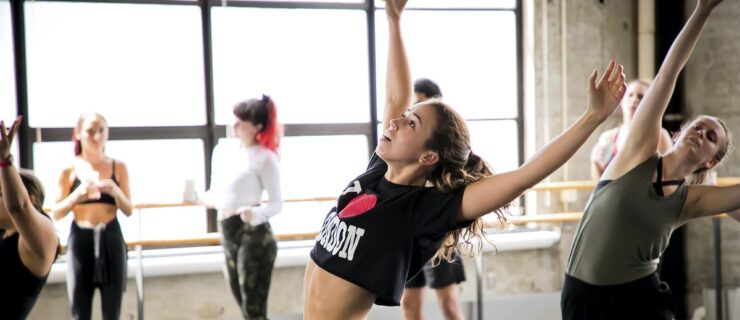If You Love a Summer Intensive, Should You Go Back Year After Year?
Last summer, you had an amazing training experience at your dream intensive. You can see yourself studying at that school full-time—or even dancing with its affiliated company one day. Does that mean you should return to the same program this summer?
Not necessarily. “Dancers need a variety of experiences and perspectives in order to fuel their artistry,” says Jonathan E. Alsberry, director of summer intensives at Hubbard Street Dance Chicago. That said, any summer study program is already a way of stepping out of your year-round training comfort zone, and there are benefits to returning to a familiar setting. Here are a few considerations to keep in mind as you make your summer plans.
The Case for Returning
“It’s an adjustment to go away for the summer, especially when you’re young,” says Denise Bolstad, managing director of Pacific Northwest Ballet School. “Attending a program you’ve been to before can help you feel comfortable, and perhaps less homesick. You can be more confident in your dancing because you know your surroundings and what’s expected of you.”
There are also interpersonal benefits. “Going back helps you solidify relationships,” says Jordan Lang, co-artistic director of Westside Dance Project in Laguna Hills, California. “When you work with someone for a second or third time, you know each other better.” Faculty members may be able to offer you more targeted feedback, and when you’re in a cohort with many of the same dancers, you can dig deeper in rehearsals and onstage—as well as in your friendships. In other words, returning to the same intensive “isn’t only about showing your face again,” Lang says. “It’s about reconnecting with people and fostering relationships.”
The Case for Branching Out
“It’s important to gain information from different places, especially if you want to join a mixed-rep company,” Alsberry says. He cautions young dancers against keeping their focus too narrow: “Interacting with different artists and trying different styles helps you find your unique voice.”
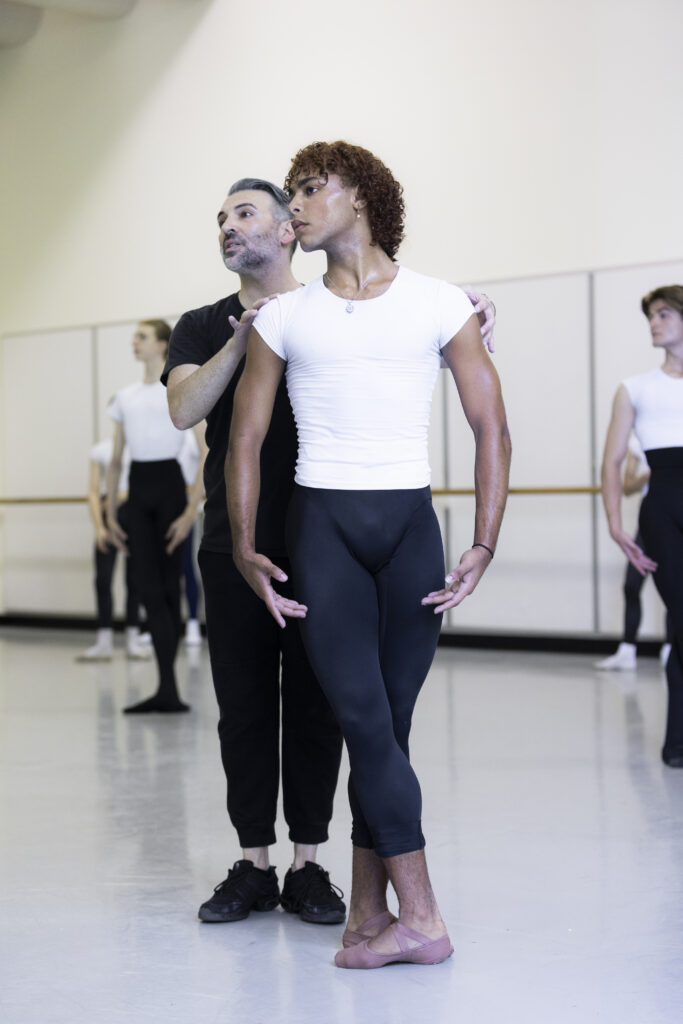
Bolstad encourages students to look at what might be missing from their year-round studies, as well as from prior summer intensives, so they can find ways to fill the gaps. For example, “If you need stage experience, look for a summer course that has a big final performance.”
Leaving your comfort zone can pay dividends down the line. “As dancers, we embody all of the voices that have influenced us,” Lang says. “When you’re auditioning, it reads in a room who has had exposure to many voices. Companies take notice when you’ve given yourself the ability to jump from work to work and to navigate different environments.”
The Gray Areas
You don’t have to sacrifice familiarity for the sake of diversity. “It’s okay to have your ‘summer spot,’ as long as you have a sense of progression,” Lang explains. “Is there a rotating faculty? Will you work with new choreographers? Are you moving up to the next level?” If a beloved program is no longer facilitating your growth, it may be time to study elsewhere.
Alsberry notes that should you choose to spend multiple summers at the same intensive, they don’t have to be consecutive. “Come to us as a teen, and then go try a different city or style of dance,” he says. “Whenever you return, we’ll remember you and recognize how far you’ve come.”

If you specialize in one dance genre, that may impact your summer intensive choices. For example, ballet dancers may only have five to seven years of summer study before they begin auditioning for trainee programs and the like, Bolstad says. She feels that by their late teens, serious ballet students should home in on one training path—“but with a plan B, should plan A not work out,” she advises. “Keep a couple doors open.”
Regardless of genre, Alsberry recommends looking beyond technique and artistry when assessing what each program offers. “What type of community do you want to be a part of?” he asks. “Do you see yourself growing in this space?” As you decide whether to go back or to branch out, put your development—as a mover, as an artist, and as a human being—first.
